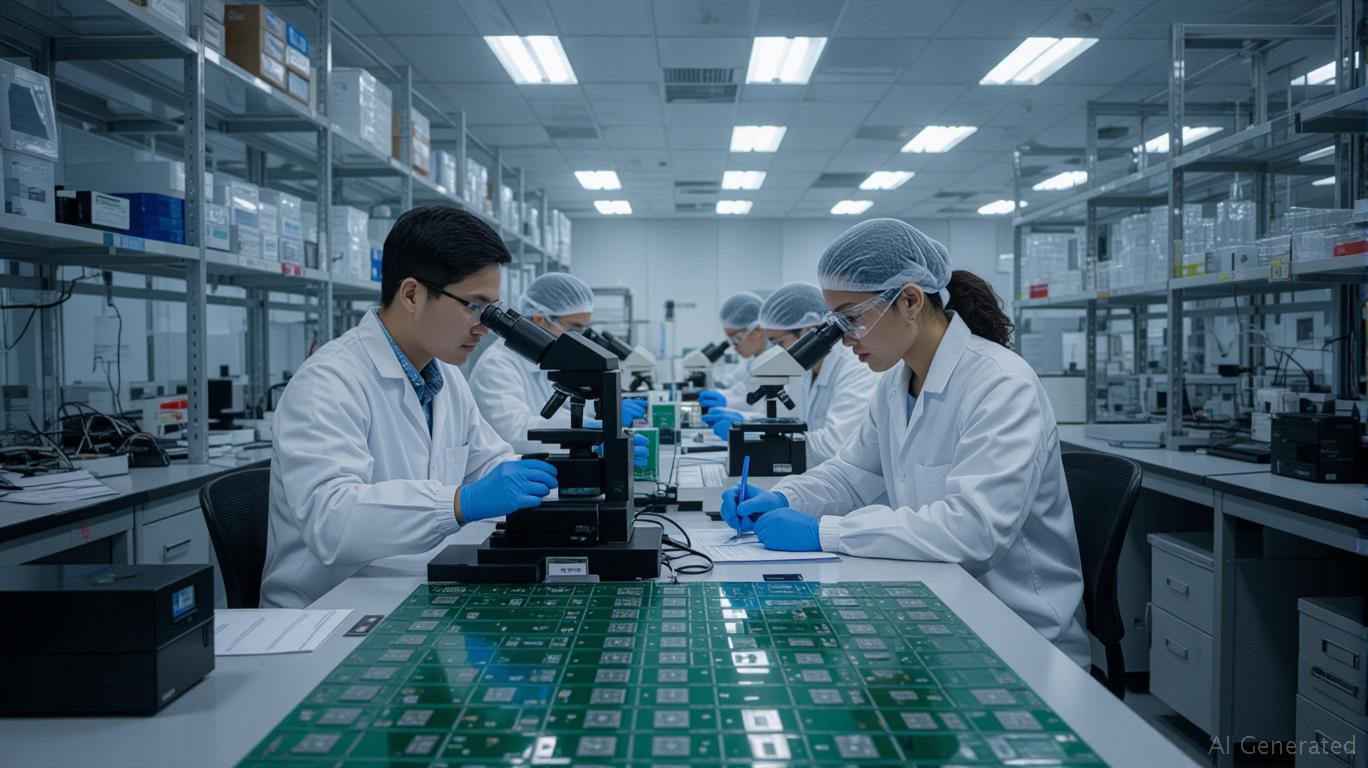Key Takeaways
- Malaysia’s trade negotiations with the U.S. are critical, with a 25% tariff on exports due August 1.
- Malaysia’s non-retaliatory stance aims to maintain trade partnerships and supports industries like semiconductors.
- Investment opportunities exist in semiconductor firms with diversified supply chains across ASEAN amid tariff pressures.
Critical Trade Negotiations
As the Malaysia-U.S. trade negotiations reach their final phase before the August 1 deadline, the potential imposition of a 25% tariff on Malaysian exports is significantly impacting industries such as semiconductors and electronics. These sectors contribute over 40% to Malaysia’s manufacturing output, highlighting the considerable stakes involved. However, companies with diversified supply chains are poised to capitalize on these changes, as the U.S. seeks to strengthen reliable manufacturing ties in Asia.
Malaysia’s strategical avoidance of retaliatory measures, despite facing increased tariffs since April, is indicative of its commitment to preserving its position as a trade partner with the U.S. This approach is notably different from other regions like the EU and Japan, facing severe tariff threats. The Institute for Democracy and Economic Affairs (IDEAS) has criticized the lack of transparency in the negotiation process, but the non-retaliatory route has allowed for ongoing dialogue, which is particularly vital for semiconductor companies relying on global supply chains.
ASEAN’s Growing Influence
With Malaysia assuming the ASEAN chairmanship in 2025, the emphasis on regional unity and coordinated trade policies becomes crucial. This unity acts as a buffer against external tariff pressures, particularly as intra-ASEAN trade is supported by agreements like the Regional Comprehensive Economic Partnership (RCEP). Semiconductor firms with operations across ASEAN, such as ASE Technology, benefit from this advantageous environment by easily pivoting production to meet demand and leveraging intra-bloc trade benefits.
The semiconductor sector stands at the intersection of cyclical recovery, driven by advancements in AI and 5G infrastructure, aligning well with Malaysia’s advantages. Investors are encouraged to focus on companies with dual-market exposure, vertical integration, and strong innovation pipelines. Recent government investments in advanced semiconductor technologies further bolster Malaysia’s position in the industry.
Potential Risks
Despite the non-retaliatory approach mitigating immediate tensions, several risks remain. Escalation of U.S. tariffs could impact smaller electronics manufacturers if Malaysia raises trade barriers. Additionally, regional geopolitical issues, like border disputes among ASEAN nations, could threaten overall unity and supply chain reliability. Investors are advised to monitor developments related to ASEAN trade meetings and U.S.-Malaysia diplomatic communications for potential shifts in the landscape.
As the tariff situation evolves, the intersection of strategic trade realignment and industry innovation presents opportunities for sustained growth in the semiconductor sector. By positioning investments in firms that excel in geographic diversity and regional integration, investors can navigate the uncertainties ahead and capitalize on emerging opportunities.
The content above is a summary. For more details, see the source article.















